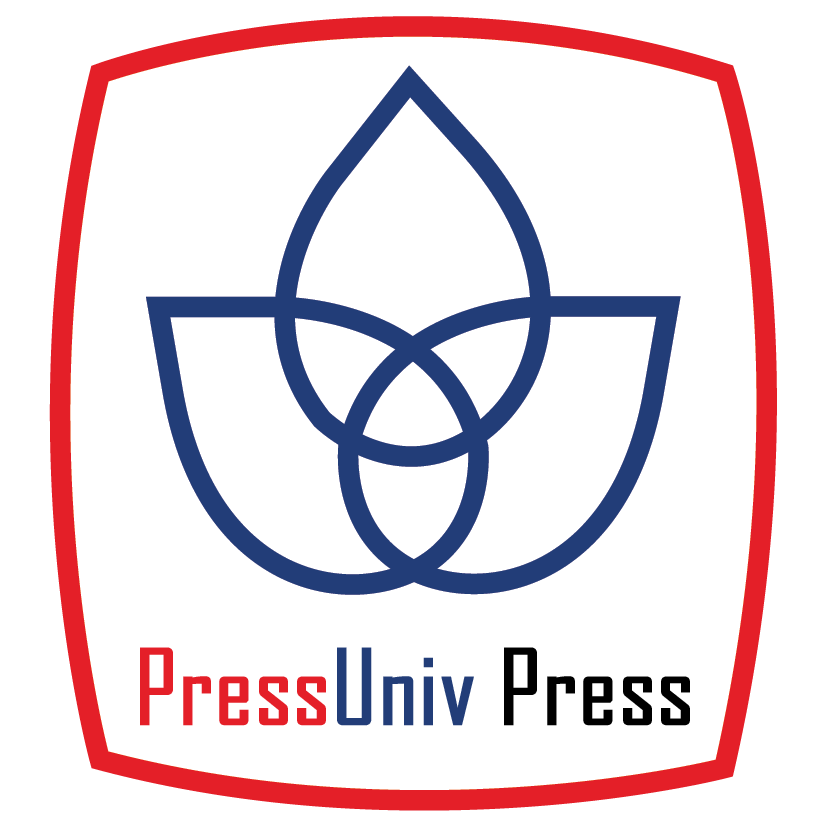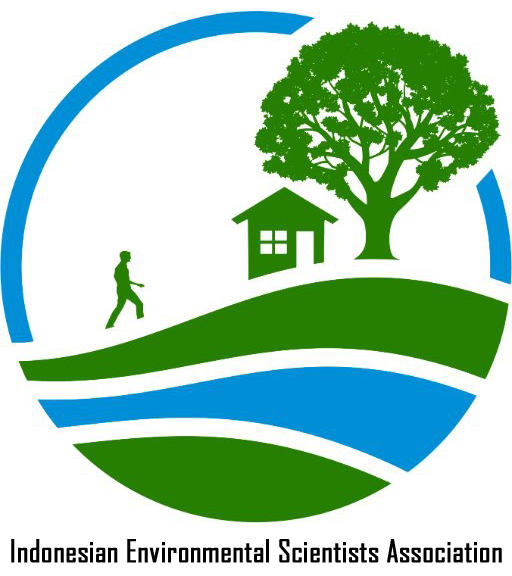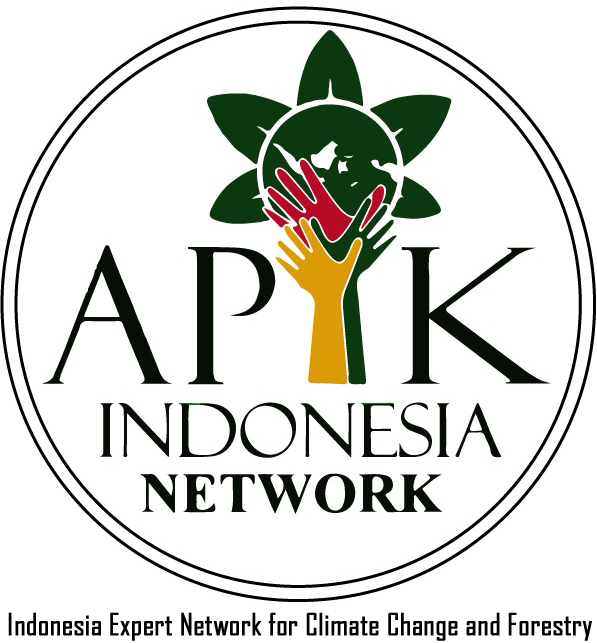Performance and Environmental Impacts Review of Li-Fi and Wi-Fi Technologies
Abstract
Keywords
Full Text:
PDFReferences
Chiaravalloti, S., Idzikowski, F., & Budzisz, Ł. (2011). Power Consumption of WLAN Elements. Berlin: Technische Universität Berlin.
Cisco. (2018). 802.11ac: The Fifth Generation of Wi-Fi. Retrieved from https://www.cisco.com/c/dam/en/us/products/collateral/wireless/aironet-3600-series/white-paper-c11-713103.pdf
Cucurachi, S., Tamis, W. L. M., Vijver, M. G., Peijnenburg, W. J. G. M., Bolte, J. F. B., & de Snoo, G. R. (2012). A Review of the Ecological Effects of Radiofrequency Electromagnetic Field (RF-EMF). Environmental International. Vol. 51, 116-140.
Ekta, & Kaur, R. (2014). Light Fidelity (LI-FI)-A Comprehensive Study. International Journal of Computer Science and Mobile Computing, Vol. 3, 475-480.
FiberHome International Technologies Co., Ltd. (2011). AN5506-04F GPON Platform Equipment ONU (Optical Network Unit). Retrieved from http://www.supriwireless.com.br/images/Produtos/Manual/AN5506-04A.pdf
Broadband Analyst UK. (2018). Guide to wireless router setup configuration. Retrieved from https://www.broadbandanalyst.co.uk/guides/wireless-networking/
Foster K. R., & Moulder, J. E. (2013). Wi-Fi and Health: Review of Current Status of Research. Health Physics, Vol. 105, 561.
Ghosal, B., & Panda, A. K. (2014). Li-Fi a Green Energy Alternative. International Journal of Computer Applications, Vol. 95, 11.
Institute of Electrical and Electronics Engineers (IEEE). (2006). C95.1-2005 - IEEE Standard for Safety Levels with Respect to Human Exposure to Radio Frequency Electromagnetic Fields, 3 kHz to 300 GHz. Retrieved from https://ieeexplore.ieee.org/document/1626482/
Kim, H., Sewaiwar, A., & Chung, Y. (2014). Shore-to-Sea Maritime Communication with Visible Light Transmission. Recent Advances in Electrical Engineering and Computer Science. Retrieved from http://www.inase.org/library/2014/russia/bypaper/CCCS/CCCS-10.pdf
Kolhe, A. B. & Mandavgane R. N. (2017). A Review: Wireless Communication Using Li-Fi. International Journal on Recent and Innovation Trends in Computing and Communication, Vol. 5, 21, 24.
Mahmoud, B. H., Ruvolo, E., Hexsel, C. L., Liu, Y., Owen, M. R., Kollias, N., Lim, H. W., & Hamzavi, I. H. (2010). Impact of Long-Wavelength UVA and Visible Light on Melanocompetent Skin. Journal of Investigative Dermatology Vol. 130, 2092–2097; doi:10.1038/jid.2010.95; published online 22 April 2010.
Mutthamma, M. (2013). A survey on Transmission of data through illumination- Li-Fi. International Journal of Research in Computer and Communication Technology, Vol 2 (12).
Sharma, R. R., Raunak, & Sanganal, A. (2014) Li-Fi technology. International Journal of Computer Technology & Application. Vol 5 (1), 50-154.
Shetty, A. (2016). A Comparative Study and Analysis on Li-Fi and Wi-Fi. International Journal of Computer Applications, Vol. 150, 43.
Sodhi, A., & Johnson, J. (2015). Light Fidelity (LI-FI) - The Future of Visible Light Communication. International Journal of Engineering Research and General Science. Vol 3 (2), 117-128.
Telecommunications Engineering Center. Study Paper on LiFi (Light Fidelity) and its Applications. Retreived from http://tec.gov.in/pdf/Studypaper/lifi%20study%20paper%20-%20approved.pdf
Thota, K. Quoted in Business Wire, April 04, 2012 [online]. Available at www.businesswire.com/portal/site/home/permalink/?ndmViewId=news_view&newsLang=en&newsId=20120404006331&div=-1063439563. Accessed 22 July 2018.
Yin, L., Islim, M. S., & Hass, H. (2017). LiFi: Transforming Fibre into Wireless. Edinburgh, UK.
Oklobdzija, G, Vojin (2008). The computer Engineering Handbook, Second Edition, Boca Raton: CRC Press.
Redmayne, M., & Johansson, O. (2015). Radiofrequency Exposure in Young and Old: Different Sensitivities in the Light of Age-Relevant Natural Differences. Rev. Environ. Health Vol 30, 323–335. http://dx.doi.org/10.1515/reveh-2015-0030.
Ticleanu, C., & Littlefair, P. (2015). A Summary of LED Lighting Impact on Health. International Journal of Sustainable Lighting. Vol 1, 3–4.
DOI: http://dx.doi.org/10.33021/jenv.v3i2.442
Copyright (c) 2018 Christoforus Williem Deo Lumoindong, Andre Muslim, Burawi Mohamed Nasreddin, Mia Galina

This work is licensed under a Creative Commons Attribution-ShareAlike 4.0 International License.
Journal of Environmental Engineering and Waste Management Published by PresUniv Press, in collaboration with IESA and APIK Indonesia Network




